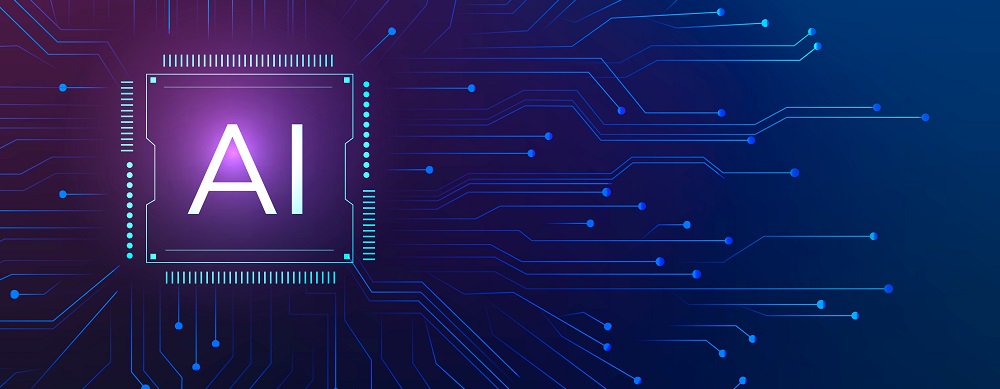
In our previous blog posts, we explored the fundamentals of AI and Machine Learning (ML), and dived into some of the exciting real-world applications transforming our lives. But let’s be honest, AI is often portrayed in science fiction with superhuman robots and existential threats. So, what’s the real story? Is AI all hype, or is there substance behind the buzz?
Demystifying the Hype: AI’s Current Capabilities
While AI has achieved remarkable feats, it’s important to understand its current limitations. Here’s a reality check:
Narrow vs. General AI: Most AI systems are narrow AI, excelling at specific tasks like playing chess or recognizing faces. General AI, capable of human-like intelligence across various domains, is still a distant dream.
Data Dependence: AI is highly reliant on data. The quality and quantity of data heavily influence an AI system’s performance. Biases in data can lead to biased algorithms, highlighting the need for responsible data collection practices.
Explainability Challenge: Many complex AI systems, particularly deep learning models, can be difficult to explain. Understanding how an AI system arrives at a decision is crucial for building trust and ensuring fairness.
AI: A Powerful Tool, Not a Replacement
AI is a powerful tool that can augment human capabilities, not replace them. Here’s how humans and AI can work together effectively:
**Human Expertise: **Human judgment, creativity, and problem-solving skills are irreplaceable. AI can be a valuable assistant, freeing up human experts to focus on complex tasks requiring these skills.
Human Oversight: AI systems need human oversight to ensure they are functioning ethically and responsibly. Humans can define the goals, set limitations, and monitor the behavior of AI systems.
Human-AI Collaboration: The future lies in human-AI collaboration. By leveraging the strengths of both humans and machines, we can achieve remarkable things.
The Road Ahead: A Responsible Future for AI
As AI continues to develop, transparency, accountability, and ethical considerations are paramount. Here are some key areas for focus:
Developing robust regulations: Clear guidelines are needed to ensure responsible development and use of AI.
Promoting public awareness: Educating the public about AI capabilities and limitations is crucial for building trust and fostering responsible innovation.
Investing in AI for Good: We need to invest in research and development of AI for positive social impact, tackling global challenges like climate change and disease.
AI holds immense potential to improve our lives, but responsible development and collaboration are key. By harnessing AI’s power for good, we can build a future where humans and machines work together to create a better world.
Let’s continue the conversation! Share your thoughts on responsible AI development in the comments below.
